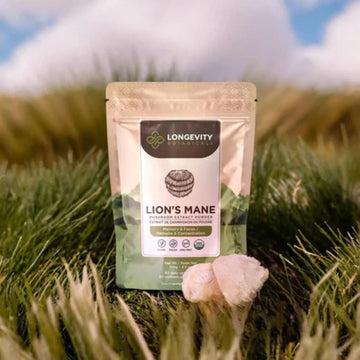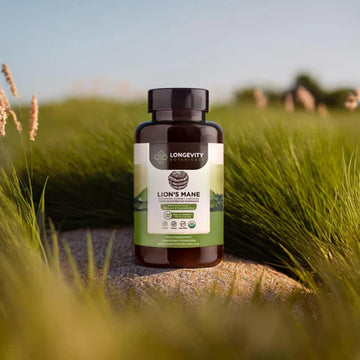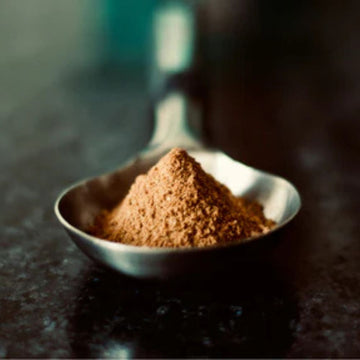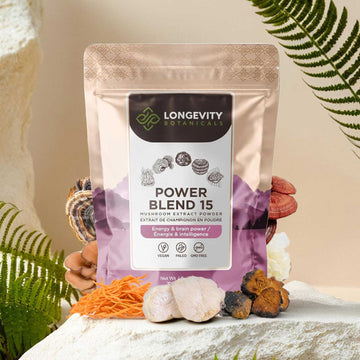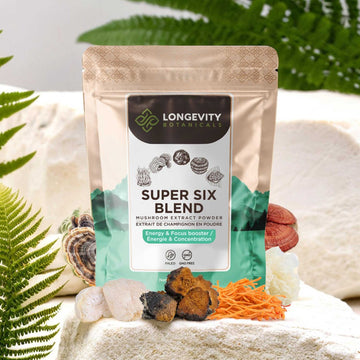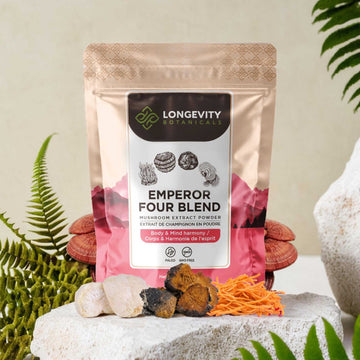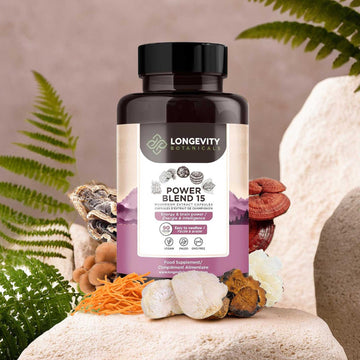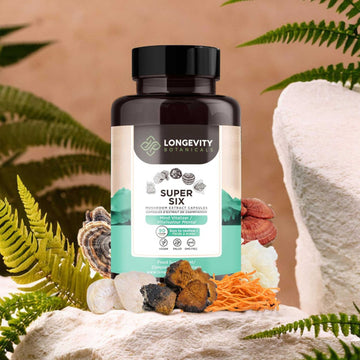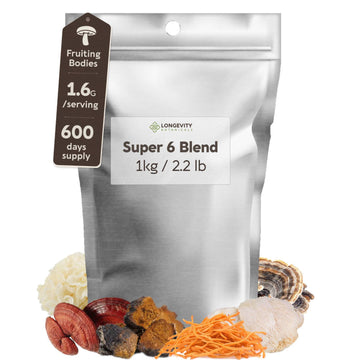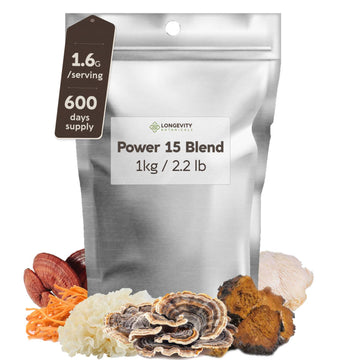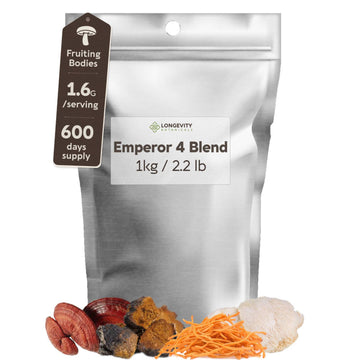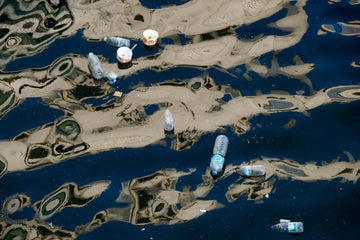The Plastic Problem Beneath the Waves
Roughly eleven million metric tons of plastic leak into the sea every year, and currents sweep this debris into every depth from sunlit shallows to the midnight zone. Bottle shards swirl with microbeads, snagging coral, entangling fish, and breaking into fragments that drift through plankton and, eventually, human bodies. Cleanup fleets and bans on single-use plastics help, but the scale of pollution still outpaces removal. Researchers are now looking to biology for faster, self-sustaining solutions.
Key insight: Fungi have coevolved with stubborn plant polymers such as lignin, so their enzymes are naturally suited to chipping away at long-chain molecules. If the right marine species can be coaxed to regard polyethylene and polyurethane as food, they might turn floating trash into harmless biomass.
Meet the Marine Mycologists
In coastal laboratories from Hawaiʻi to the Netherlands, interdisciplinary teams of mycologists, oceanographers, and chemical engineers culture seawater fungi on wafers of plastic cut from discarded fishing gear. In February 2025 the University of Hawaiʻi group reported isolating more than a dozen native strains able to erode polyethylene within weeks, reducing mass by up to sixty percent (Phys.org report).
These microbes thrive in salty, oxygen-rich conditions. Their mycelium threads colonize rough polymer surfaces, anchoring firmly even as waves crash overhead. Early success hinges on screening: thousands of candidates are plated, starved of other carbon sources, and observed for signs of pitting or discoloration that signal slow digestion.
Understanding the contrast between the degradative power of fruiting body versus mycelium helps explain why researchers focus on the filamentous stage. Mycelium grows outward in ever-branching hyphae, maximizing surface contact with plastic.
How Fungi Break Plastic Apart
Plastic longevity comes from strong carbon-carbon bonds that resist heat, sunlight, and microbial attack. Fungal enzymes undermine those defenses in three coordinated steps.
Key insight: Oxidative enzymes such as laccases inject oxygen into the polymer chain, creating weak points. Esterases then snip the chain into shorter segments. Finally, hydrolases finish the job, yielding acids, alcohols, and carbon dioxide that the fungus channels into its normal metabolic pathways.
The best-studied example is Pestalotiopsis microspora, isolated from Amazon plants and shown to grow on polyurethane as its sole carbon source (peer-reviewed study). Under anaerobic conditions this species secretes a serine hydrolase that clips urethane bonds, a feat once thought impossible without industrial catalysis.
For a deeper look at hyphal anatomy and enzyme localization, see our overview on the mysteries of mushroom anatomy.
Training Mushrooms for Faster Digestion
Nature provides the baseline, yet wild fungi nibble plastic slowly. To accelerate the process, scientists borrow methods from directed evolution. Cultures are exposed to ever smaller plastic particles, higher salt concentrations, and fluctuating temperatures. Colonies that grow best under stress are transferred, generation after generation, until their enzyme suites adapt.
Discover Magazine highlighted this adaptive training, noting trials where degradation rates doubled after ten culture cycles (Discover Magazine). Genetic sequencing reveals increased copies of oxidative enzyme genes and upregulated transport proteins that shuttle oxidized fragments into the cell.
Key insight: Conditioning does not create genetically modified organisms; it selects natural variants already present in large fungal populations. That distinction eases regulatory hurdles and improves public acceptance.
From Lab to Open Ocean: Pilot Projects
Once lab strains show reliable appetite, researchers embed them in floating carriers made of biodegradable corn starch. These “myco-rafts” drift through plastic accumulation zones, providing a substrate for fungal colonization and a landing pad for plastic fragments driven by wind and waves.
In a 2024 pilot near the Great Pacific Garbage Patch, mesh bags inoculated with trained Aspergillus sydowii lost thirty percent of their polyethylene feedstock in ninety days while producing no measurable toxins. Sea urchins and copepods grazing the bags showed normal survival rates, suggesting minimal ecological disruption.
Engineers also explore coating harbor nets and aquaculture cages with living fungal films. As discarded pellet bags or rope fibers snag, the fungi gradually digest them, preventing buildup before debris can drift offshore.
Safety, Ethics, and Ecological Balance
Introducing any organism into new environments raises valid concerns. Will plastic-eating fungi attack boat hulls or vital infrastructure? Could aggressive strains outcompete native species?
Key insight: Most candidate fungi need precise humidity, salinity, and nutrient profiles that are absent on dry surfaces or painted composites, limiting collateral damage. Field tests monitor non-target colonization weekly, and carriers are designed to sink and biodegrade if ruptured, removing the colony from the photic zone.
This enzymatic toolkit is analogous to the compounds that give medicinal mushrooms their wellness value, although the purpose differs. You can learn more in our review of the benefits and risks of mycelium.
Ethically, the goal is remediation, not replacement. Plastic production must still fall, recycling must still rise, and fungal deployment should complement, not excuse, human responsibility.
What Comes Next: Scaling Mycoremediation
Several hurdles remain before plastic-eating fungi can influence global pollution numbers. Cultivation facilities must grow tons of inoculum without producing their own waste. Funding models need to reward cleanup of international waters where no single nation holds jurisdiction. Tracking progress demands satellite imaging, autonomous drones, and transparent reporting so the public can verify impact.
Key insight: Partnerships between biotech startups and coastal municipalities are forming. Municipalities provide access to wastewater-treatment side streams rich in nutrients, while startups supply fungal technology. Shared revenue comes from recovered monomers that can be refined into virgin-grade resin or up-cycled into construction panels.
Concurrent research explores enzyme isolation. If purified laccases and esterases can be immobilized on reusable beads, ships could pump microplastic-laden water through onboard bioreactors, neutralizing debris during routine travel.
Takeaway: A Future Where Fungi Clean the Seas
Ocean plastic is a human-made problem, yet nature offers powerful allies. Marine fungi, patiently refined through selective training, show that even the toughest synthetic polymers can be invited back into Earth’s biological cycles. While fungi alone will not solve the crisis, they provide a scalable, low-energy tool that works where skimmers and bans cannot reach. Continued research, cautious field deployment, and public engagement may soon transform drifting trash into fungal fuel, leaving clearer, safer waters for every form of life.
